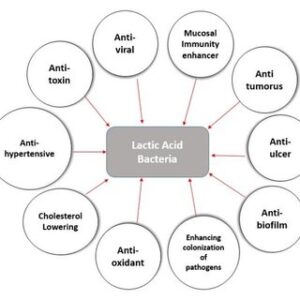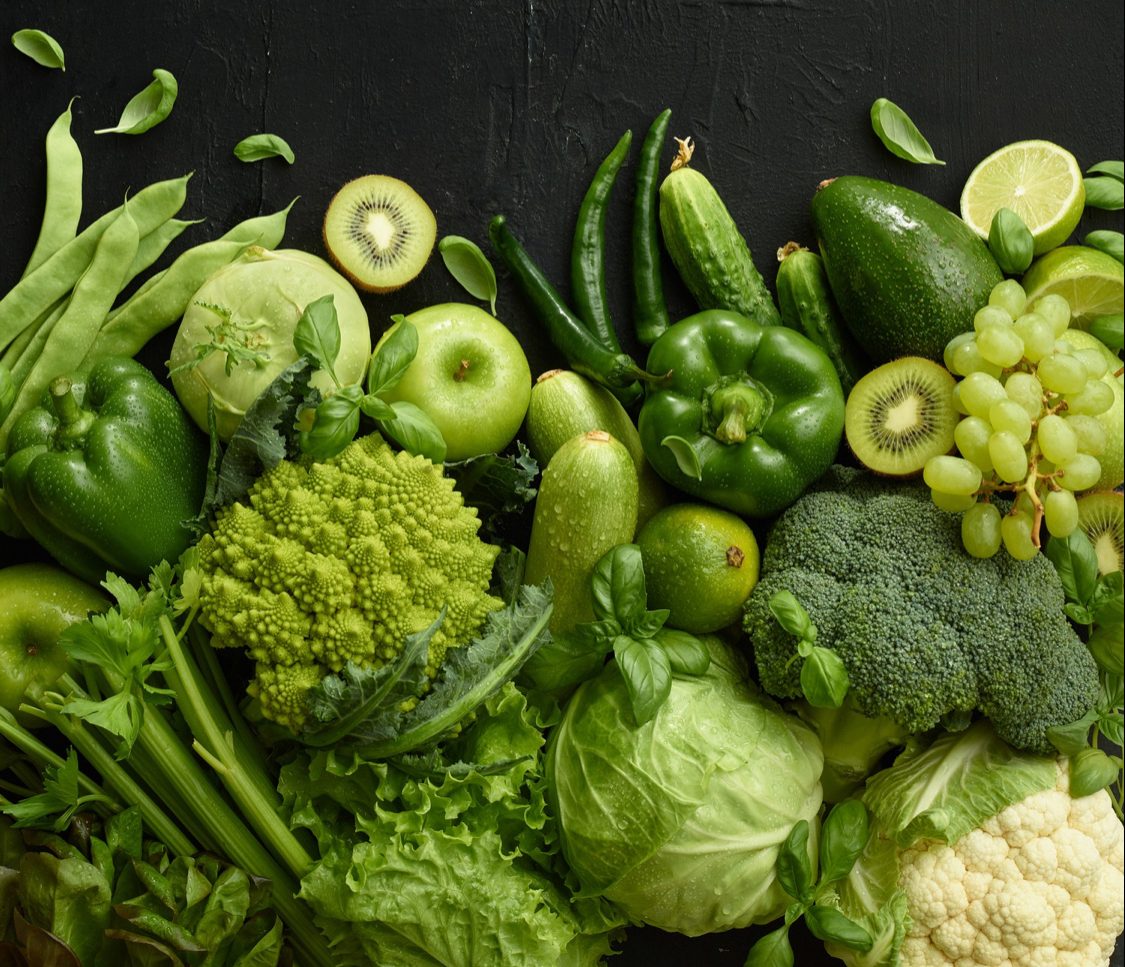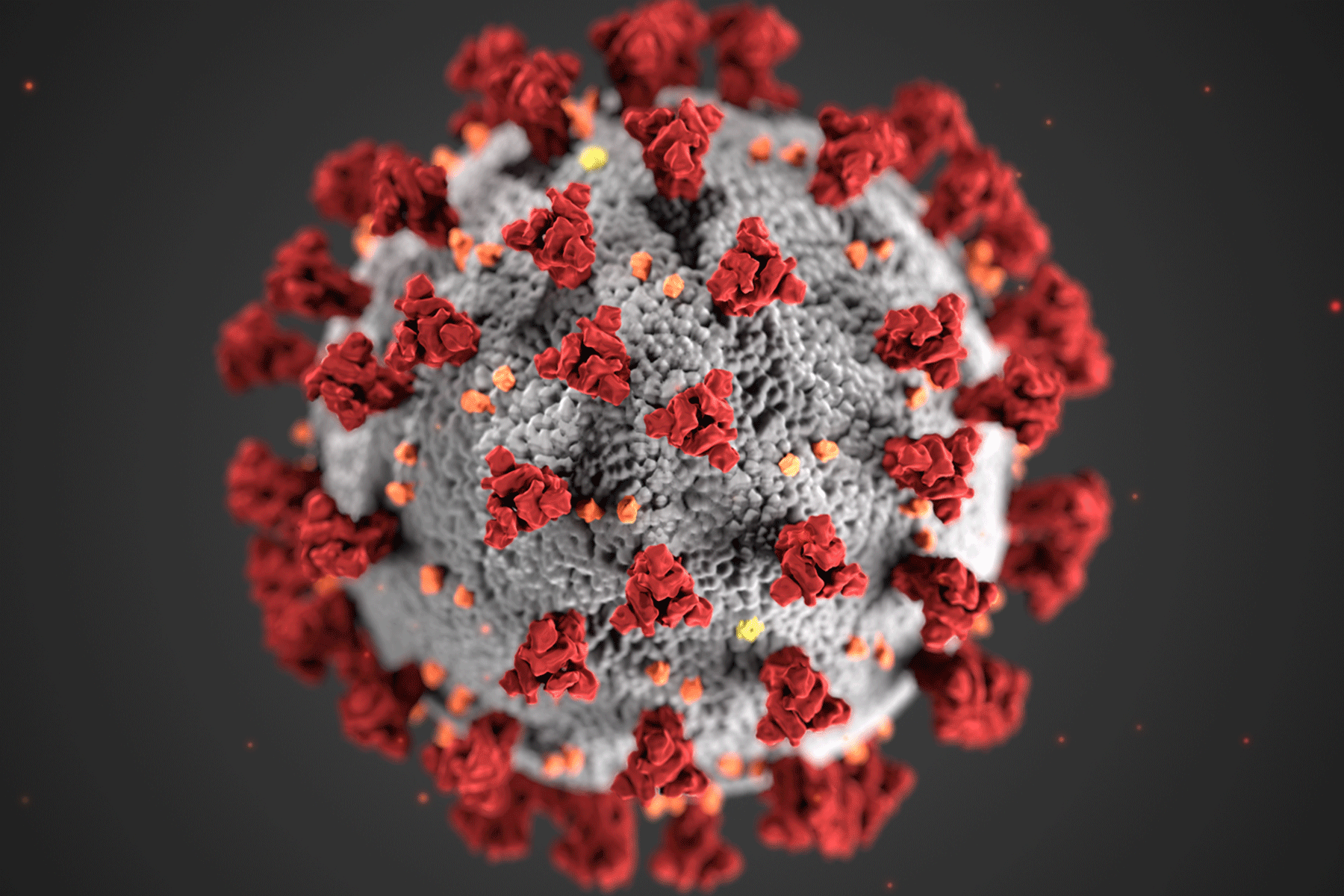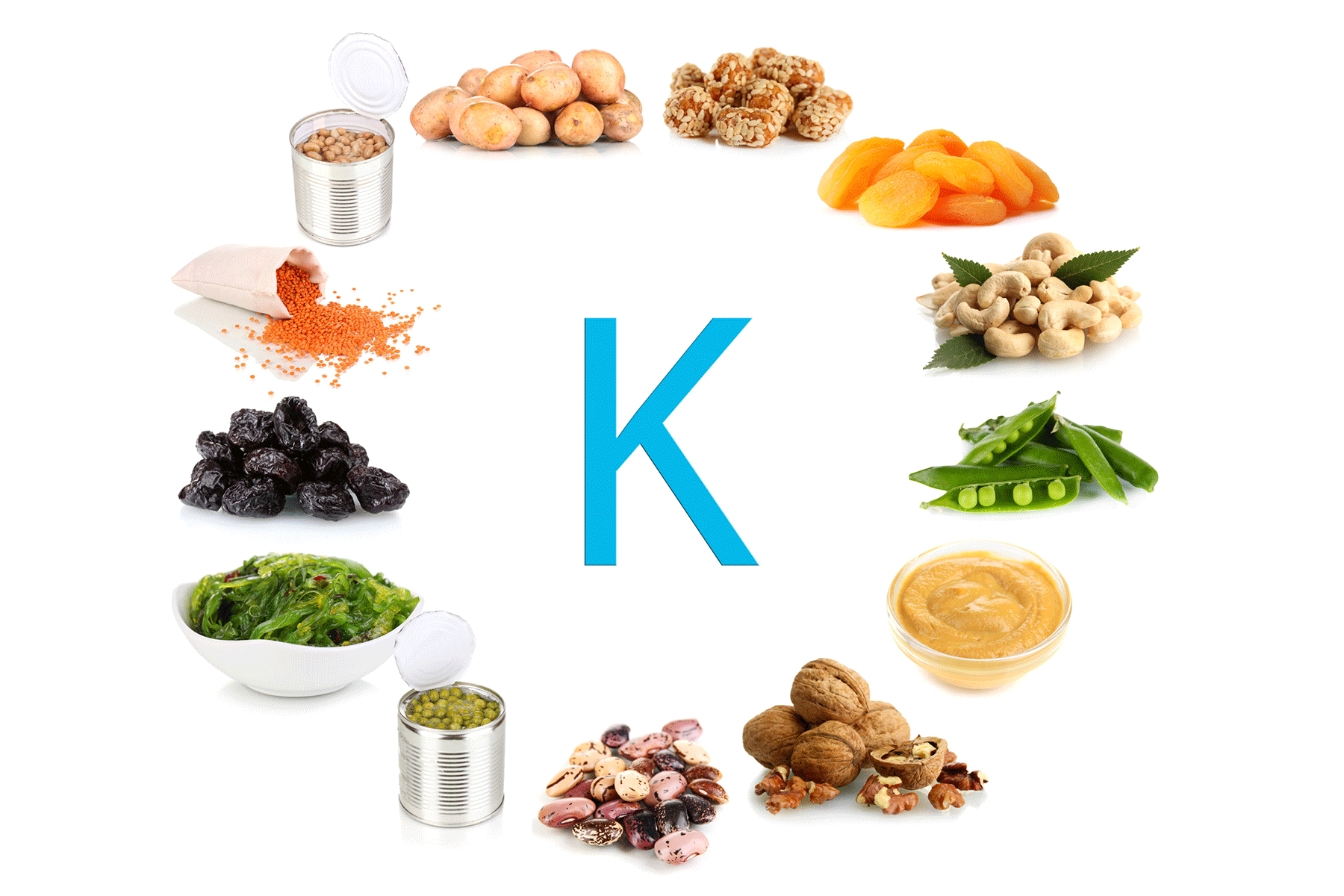Lactic acid, or 2-hydroxypropanoic acid, is a naturally occurring organic acid that forms during the fermentation of carbohydrates like sugars and starch. Commonly found in fermented foods, it plays a vital role in food preservation by inhibiting the growth of harmful microorganisms. Aside from its preservative qualities, lactic acid offers numerous health benefits, particularly when produced by probiotics in fermented products. These benefits include improved digestive health, enhanced immune function, better nutrient absorption, and antioxidant protection. From yoghurt to idli/dosa, lactic acid supports overall wellness, making it an essential component of many nutritious, fermented foods.
Formation of Lactic Acid
Lactic acid primarily forms during the fermentation process, where bacteria, moulds, yeasts, or fungi break down sugars into organic compounds. Bacteria like Lactobacillus and Streptococcus strains ferment sugars and produce lactic acid as a byproduct. This process can occur naturally or be induced in controlled environments. For instance, fermented foods such as curd (dahi), lassi, idli, dosa, and pickles undergo fermentation naturally, producing lactic acid in the process.
In the food industry, manufacturers often add lactic acid to products as a preservative. It helps regulate pH levels, preventing harmful microorganisms and bacteria from growing. Lactic acid’s ability to inhibit microbial growth makes it an effective choice for extending food shelf life.
Health Benefits of Lactic Acid

Lactic acid, particularly when produced by probiotics in fermented foods, provides several health benefits:
Improved Digestive Health: Probiotics in lactic acid-producing bacteria balance gut bacteria, alleviating digestive issues like bloating, diarrhoea, and constipation. They also strengthen the gut lining, improving nutrient absorption.
Boosted Immune System: Fermented foods with lactic acid enhance immune health by stimulating white blood cell production and increasing the body’s ability to fight infections.
Increased Nutrient Absorption: Lactic acid helps absorb essential nutrients like iron and flavonoids. This boosts the bioavailability of these nutrients, reducing the risk of iron deficiency anaemia and providing greater protection against oxidative stress.
Antioxidant Protection: Lactic acid has antioxidant effects, neutralizing free radicals and reducing inflammation. This helps protect cells from damage, lowering the risk of chronic diseases like cancer, diabetes, and neurodegenerative conditions.
Antimicrobial Action: As a natural preservative, lactic acid inhibits harmful bacteria growth. This not only extends the shelf life of fermented foods but also offers protection against infections, including those affecting the digestive and urinary tracts.
In summary, lactic acid from fermented foods supports digestive health, strengthens immunity, enhances nutrient absorption, provides antioxidant protection, and offers antimicrobial benefits.
Foods High in Lactic Acid
Lactic acid is naturally present in a variety of fermented foods commonly found in Indian households. Here are some examples of foods high in lactic acid that are readily available in India:
Fermented Dairy Products:
- Curd (Dahi) – A staple in Indian diets, curd is made by fermenting milk, resulting in lactic acid that gives it its characteristic tangy taste and smooth texture.
- Lassi – This yoghurt-based drink, often enjoyed as a refreshing beverage contains lactic acid along with beneficial probiotics.
- Chaas – A popular buttermilk drink made from curd, containing lactic acid and probiotics to aid in digestion.
Fermented Vegetables:
- Pickles (Achar) – Indian pickles, especially those made with mango, lime, and mixed vegetables, undergo a natural fermentation, producing lactic acid which enhances their flavour and preserves them.
Fermented Grains:
- Idli and Dosa – Made from fermented rice and urad dal (black gram), these South Indian breakfast items are rich in lactic acid, contributing to their unique texture and tangy flavour.
In addition to these naturally occurring sources, manufacturers may add lactic acid to processed foods such as canned fish, frozen desserts, olives, salad dressings, and carbonated drinks to extend shelf life and improve flavour.
Potential Side Effects of Lactic Acid
Though lactic acid is generally safe for most people, excessive consumption or underlying health conditions may cause side effects. Here are a few potential concerns:
Digestive Discomfort: Eating large amounts of fermented foods with probiotics can cause bloating, gas, or stomach cramps, especially for those unaccustomed to consuming them.
Brain Fog or Fatigue: In rare cases, excessive lactic acid may lead to bacterial overgrowth in the small intestine, causing symptoms like brain fog or fatigue.
Immune System Considerations: People with weakened immune systems should consult a healthcare provider before consuming probiotic-rich foods, as they may react differently.
Overall, lactic acid is safe for most individuals, but it may cause side effects in specific circumstances.
Conclusion
Lactic acid is more than just a food preservative; it plays a vital role in fermentation, enhancing the flavour, safety, and shelf life of many foods. Beyond its culinary benefits, lactic acid and the probiotics it supports offer significant health advantages, including improved digestion, stronger immunity, and better nutrient absorption. However, many people today face gut health issues due to poor dietary choices or lack of probiotics. The solution lies in incorporating more fermented foods, like yoghurt, kimchi, and pickled vegetables, into your diet. By doing so, you can harness the health-boosting power of lactic acid and probiotics to support overall well-being and gut health.
 Food Manifest
Food Manifest 
















